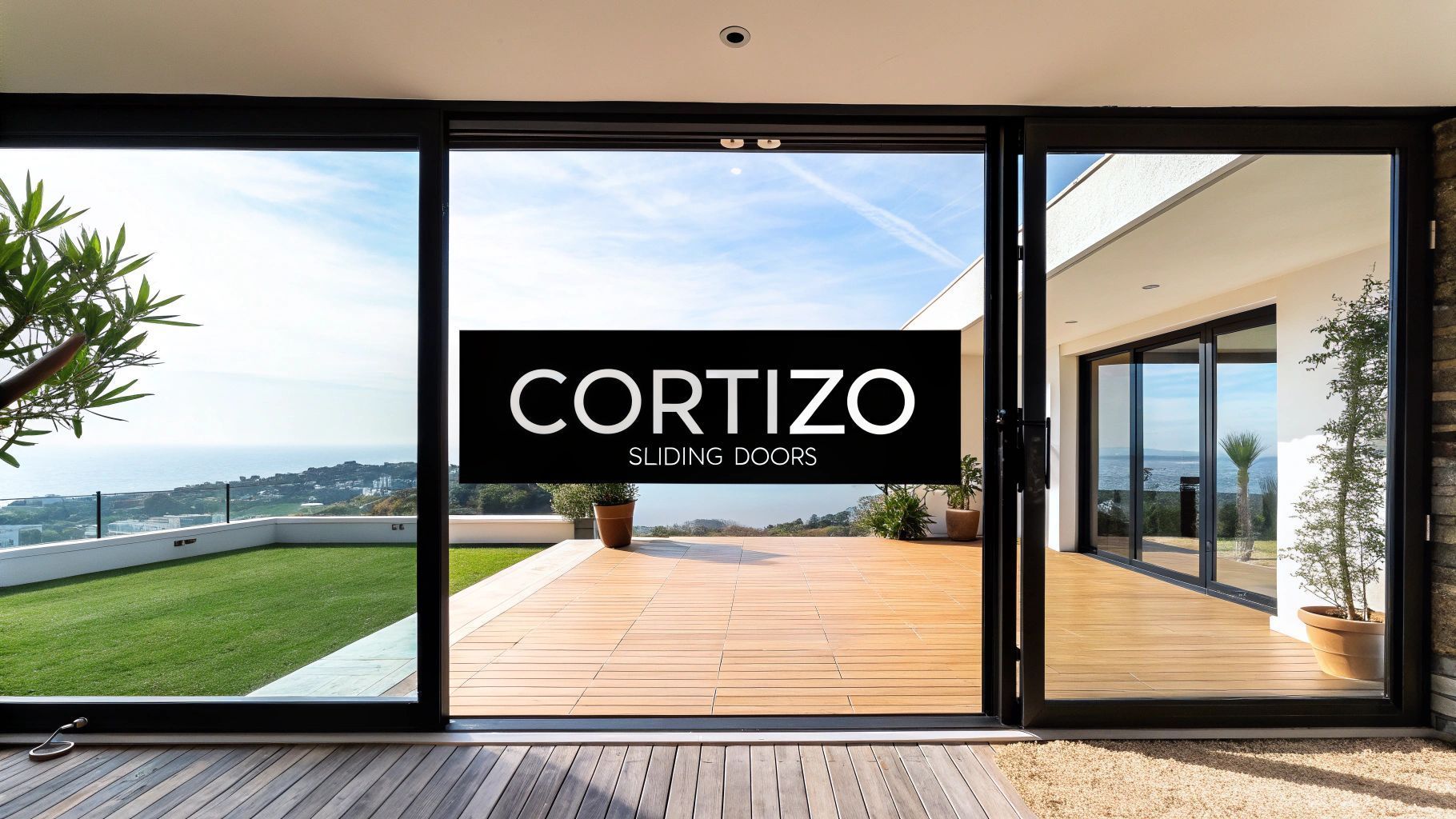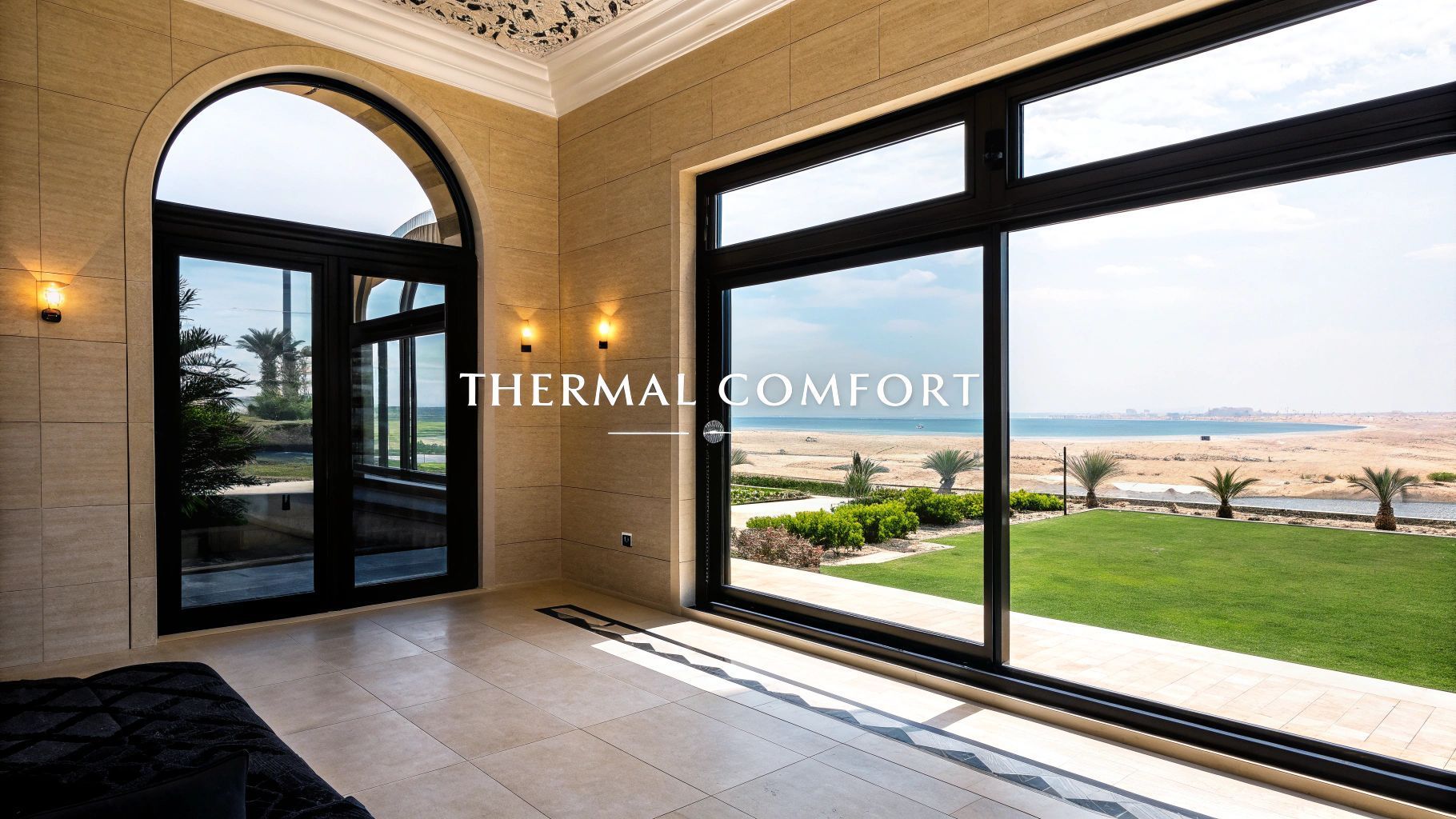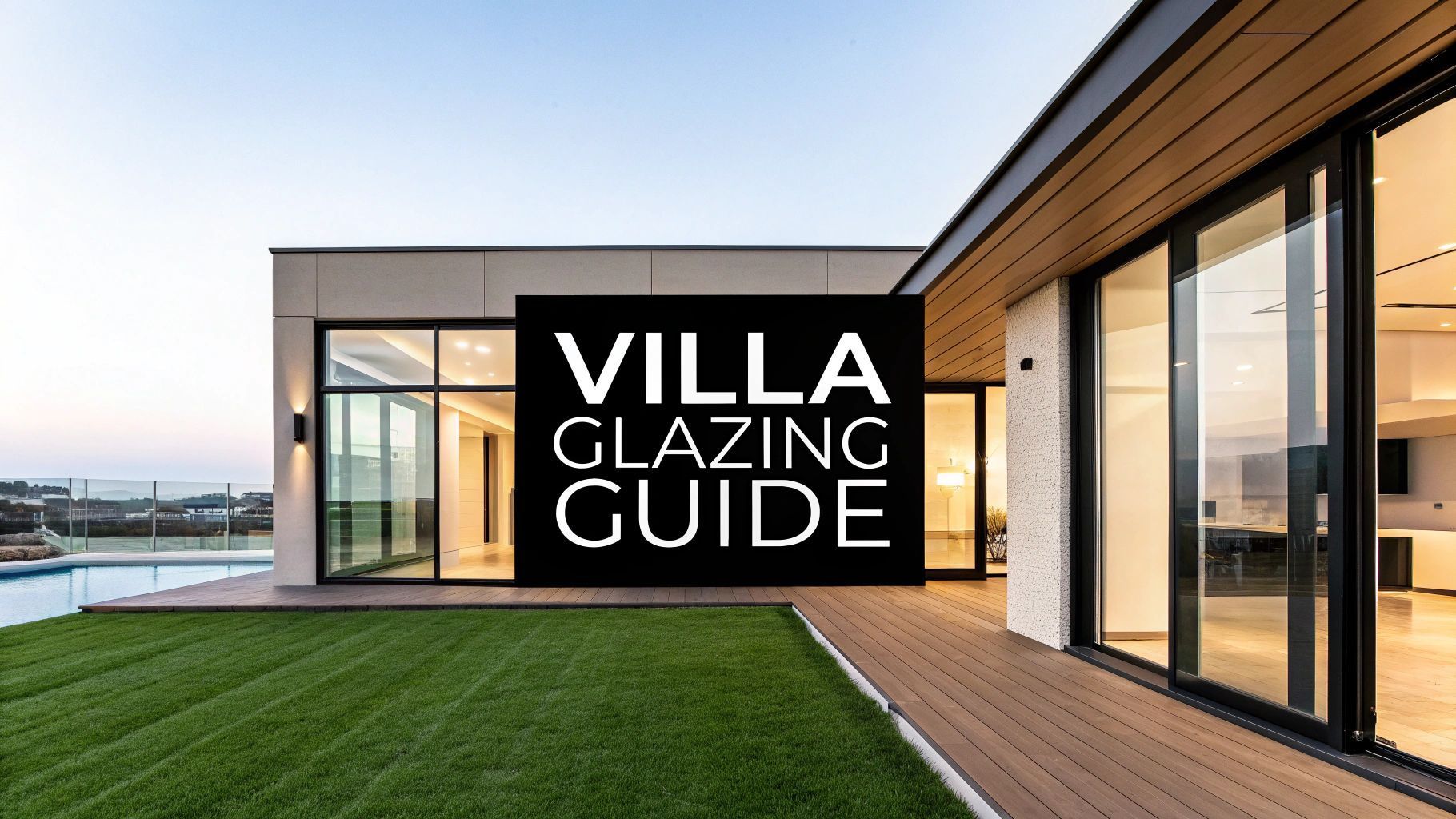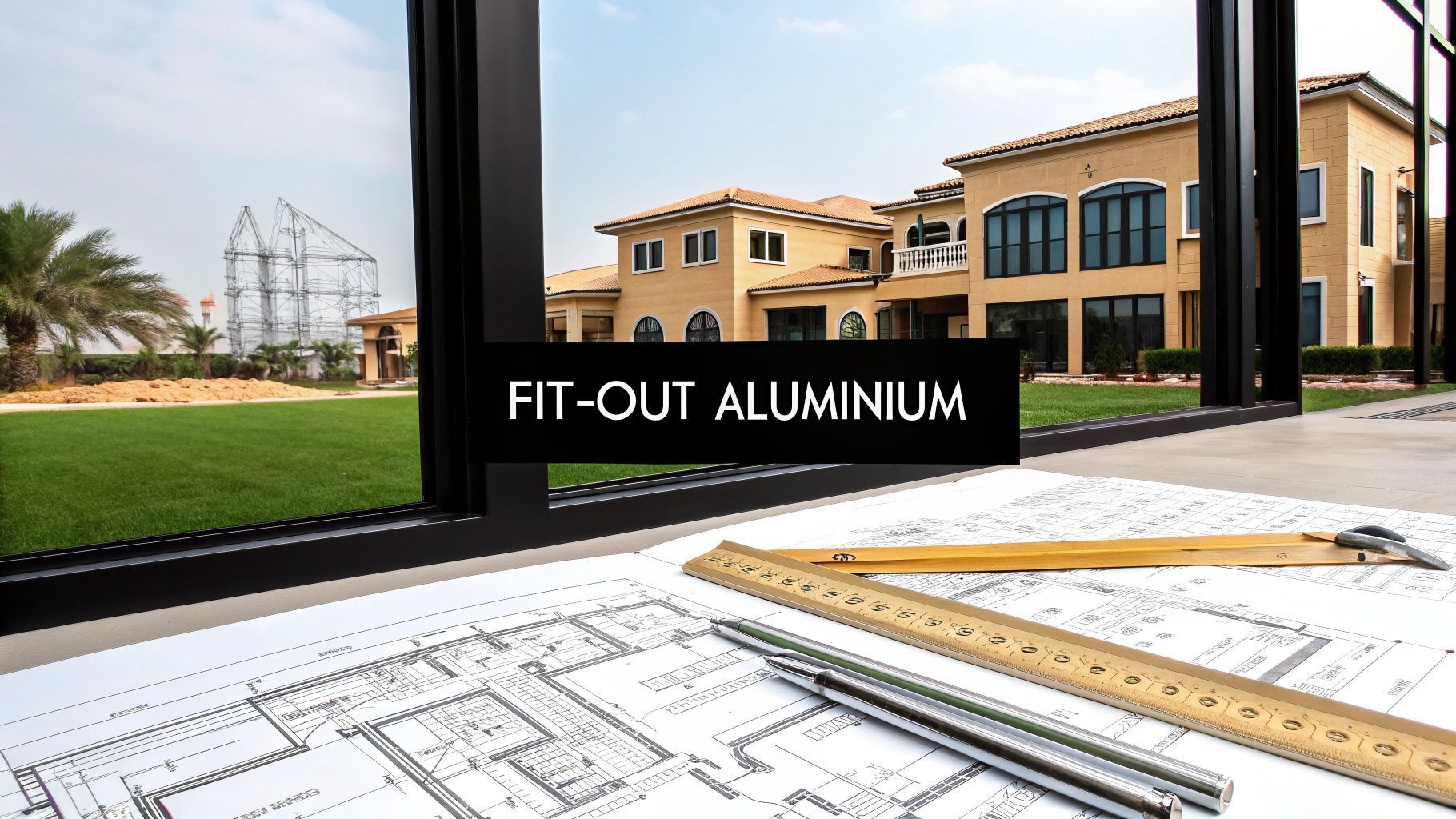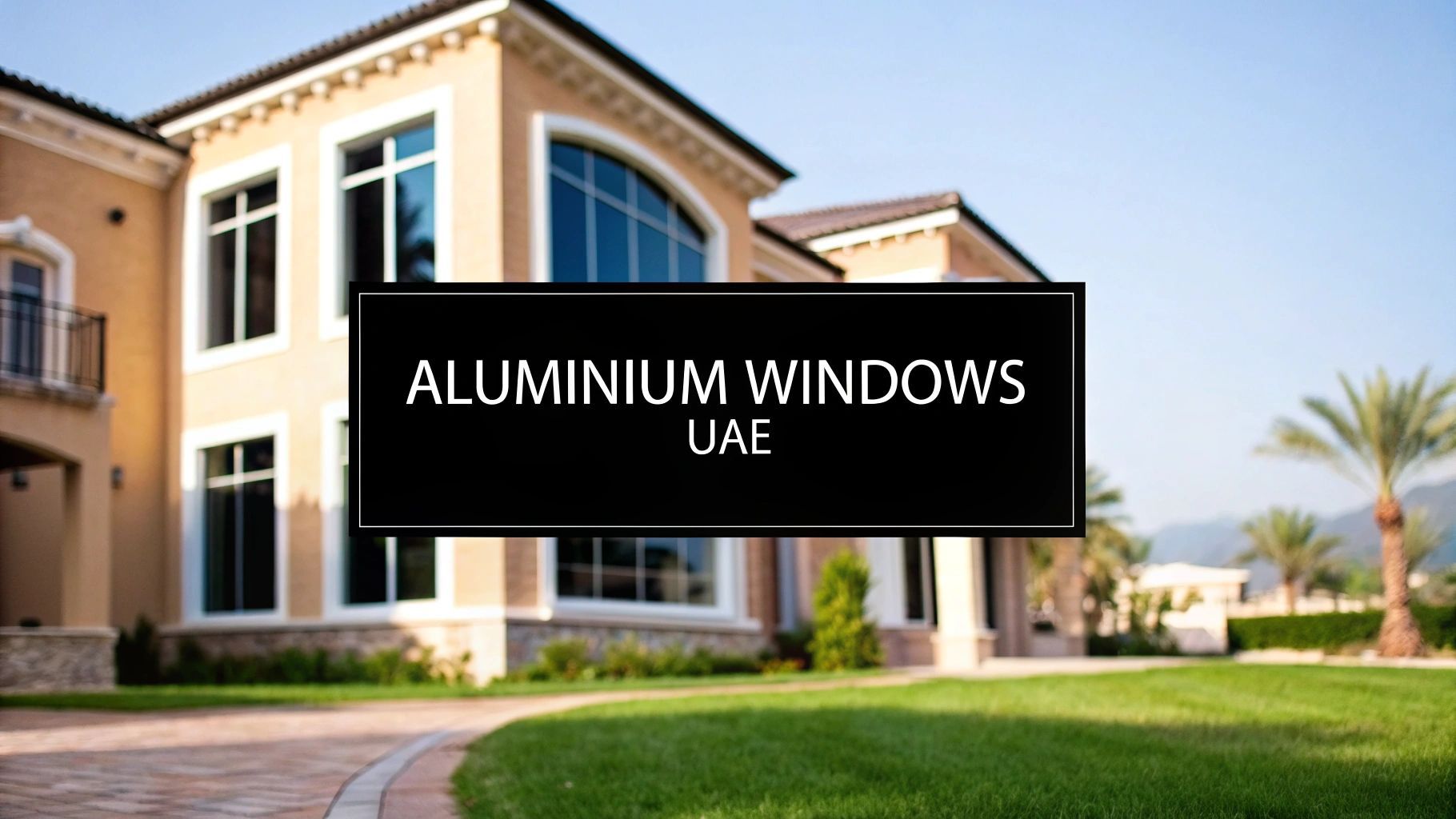Where Is Curtain Wall From?
A Brief History of Curtain Wall Glazing in Architecture
1.Curtain wall systems originated with steel-frame construction in early 1900s architecture.
2.Modern curtain walls use aluminium and glass for light, sleek, non-load-bearing façades.
3.They gained popularity globally after WWII through modernist architecture.
4.Now widely used in the UAE for villas, towers, and retail spaces.
5.Swift Rooms offers premium curtain wall glazing built for the Gulf climate.
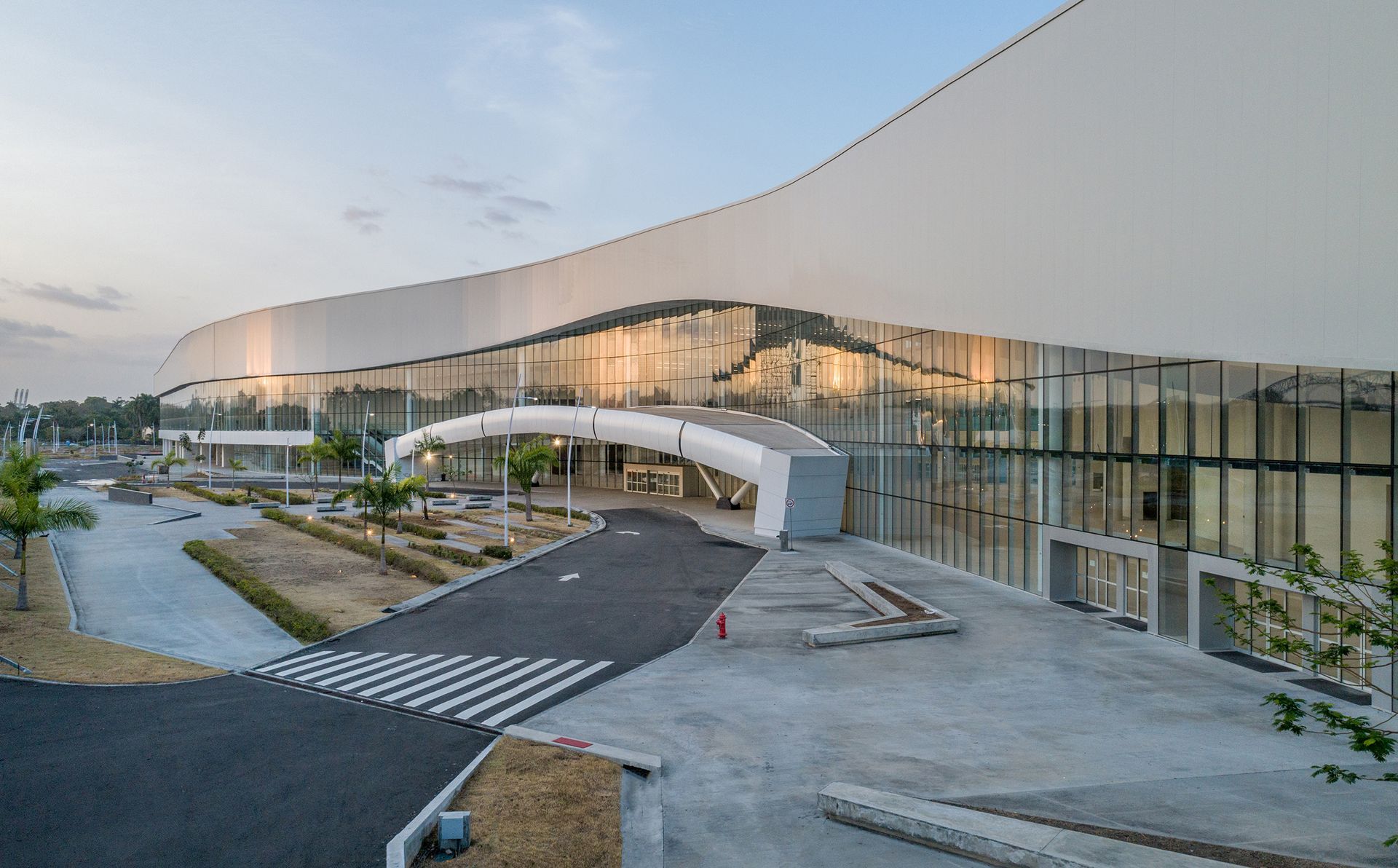
Introduction
From the sleek glass façades of Dubai’s skyline to the modern villa designs of Emirates Hills, curtain wall glazing is now a signature feature of contemporary architecture. But where did this architectural innovation come from?
In this blog, we explore the origins and evolution of curtain wall systems — and how Swift Rooms brings this globally renowned solution to UAE properties using premium aluminium and glass technology.
What Is a Curtain Wall System? (Quick Recap)
Before diving into its origin, let’s recap:
A
curtain wall is a non-load-bearing exterior wall system that hangs (like a curtain) on a building's structural frame. Made from
aluminium and glass, it provides a transparent façade without carrying any structural weight — perfect for maximizing daylight and delivering a clean, modern appearance.
The Origins of Curtain Wall Glazing
The concept dates back to the early 20th century, during the rise of steel-frame construction.
- Chicago School of Architecture (Late 1800s - Early 1900s): The use of steel structures allowed exterior walls to become “curtains” instead of weight-bearing masonry.
- Bauhaus Movement (1920s): Emphasized function, simplicity, and the use of glass and steel — inspiring the aesthetic of modern curtain walls.
- Post-WWII Modernism (1950s-60s): Saw curtain walls adopted in skyscrapers worldwide, including iconic towers in the US, Europe, and Asia.
Materials evolved from steel to aluminium, thanks to its lighter weight, corrosion resistance, and flexibility — setting the standard for today's systems.
Curtain Walls Today — and Their Global Use
Today, curtain wall glazing is used worldwide in commercial, residential, and mixed-use buildings. Its popularity has grown due to:
- Improved thermal insulation
- Energy-efficient double/triple glazing
- Customisable frame finishes
- Architectural flexibility
From London to New York, Singapore to Dubai, curtain walls have become a symbol of prestige, modernity, and sustainability.
Why It Matters in the UAE
In cities like Dubai and Abu Dhabi, curtain wall systems are widely used for:
- Luxury villas and custom homes
- Office towers and commercial buildings
- Retail storefronts and showrooms
Curtain walls offer sun control, thermal comfort, and sleek design, making them ideal for the UAE’s climate and architectural vision.
Swift Rooms — Local Expertise, Global Standards
Swift Rooms supplies and installs premium aluminium curtain wall glazing systems using cutting-edge European profiles. Whether you're building a home or designing a landmark property, we work with architects and engineers to deliver high-performance, custom-built façades.
Conclusion
Curtain wall glazing began as a revolutionary idea in early 20th-century architecture — and has grown into a global standard for contemporary buildings. At Swift Rooms, we bring this legacy of innovation to the UAE, combining European performance with local installation expertise.


